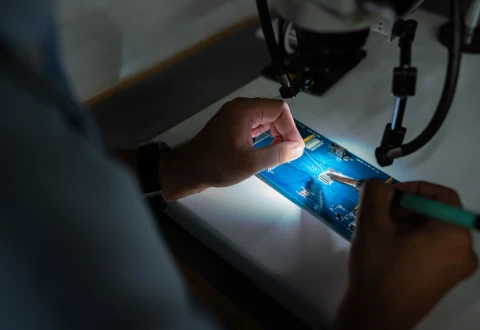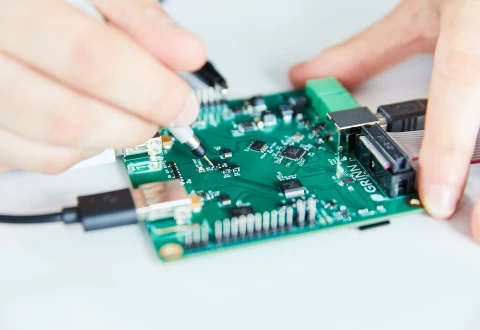The whole world follows the Olympic Games and evaluates the chances of the athletes of their favorite team. We follow with no less interest the technological solutions in use in the Olympic village and at the competition sites. So, what interesting things met us in Beijing in 2022?
Robot taxi
Baidu's Apollo Go automated robotic taxi services the territory of the Olympic Village. The car responds to human gestures; you can call it by raising your hand, just like a regular taxi. In addition to taxis, minibuses equipped with 5G technology also double as mobile retail stores.
5G
This technology is used in Beijing not only for transportation. This year, 5G-enabled camera arrays (which create the effect of “real-time” sports action ) were introduced. A smart 5G vehicle is used to inspect ice on event surfaces, which, in turn, determines deviations in ice within an accuracy of 1 cm using data models.
Robots
Robots at the Olympic Games are used literally everywhere, even for room service. China's national curling team uses an AI-equipped robot with automated control and object recognition in training. At the media center, a robot bartender will prepare the perfect cocktail for visitors in just a minute and a half.
Ceiling drones in the Olympic dining room serve food; Eastern and Western cuisine as well as fast food are offered to guests. Meals are also prepared by robots to avoid the spread of COVID-19. The cafeteria has a robot barista that grinds the beans, brews the drink, and serves it. Robots take orders through a smartphone app.
Cloud technologies
Alibaba Cloud hosts the Olympic Games broadcasts in the cloud, providing for a more efficient global operation. In total, there are more than 30 cloud products at the Olympics. Baidu, a Chinese tech company, unveiled its AI cloud solution as well: virtual avatars which will help those hard of hearing translate broadcasts and comments into sign language.
Artificial intelligence
Skaters can prepare their workouts using artificial intelligence which analyzes training videos and determines technical parameters such as jump time and rotation speed, among others.
Virtual Tours
This year, the virtual tour is the only opportunity for viewers to visit the Olympic Games due to the COVID-19 epidemic. However, the tour is of the highest level of quality. Realsee uses a patented laser scanner to capture fine details, so that all objects are rendered with incredible accuracy.
Wearables
Around 13,000 international athletes received underarm temperature monitors. This is done in order to prevent the spread of the disease among athletes and staff, as athletes arriving at the Olympic Games are not required to quarantine.
In addition, athletes rely on wearables to track their heart rate, hydration, blood flow, and more.
The Olympic Games are not only a competition for athletes, but also an opportunity to demonstrate and test the newest technological innovations. This year they have proven to be exceptionally impressive.

 Kateryna Kozakova
Kateryna Kozakova




















